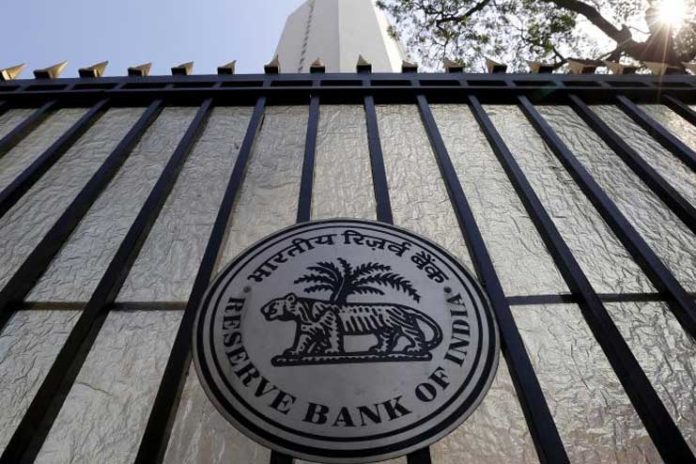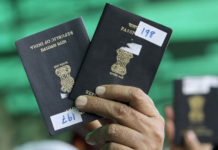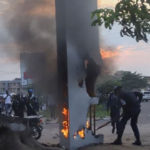The Reserve Bank of India (RBI) may reckon Non-Resident Indian bond issuance if the rupee devalue sharply below Rs. 69 to the dollar and oil prices hike over $85 a barrel, according to leading economists and market experts.
The rupee has appreciated by over 3% in the past 2-3 years, but the hike in global crude oil prices has led to sharp reduction in local currency in recent times.
Abheek Barua, chief economist at HDFC Bank said, “The market is watching the oil situation which looks murky and unpredicitable. If there is a sharp fall below Rs 68 to the dollar, RBI may look at introducing non-market intervention like the NRI bond issuance. But the Libor has moved up and the forwards are down, so pricing is the key to attract investors. But right now it is a bit too early to issue any NRI bond but if there is a sharp fall this could be very much a tool on the table.”
Unsure political condition is also playing on the minds of Foreign investors who would opt to say cautious.
Bank of America Merill Lynch in a report said “We expect RBI to raise $30-35 billion by issuing a fourth tranche of NRI bonds in 2018 with oil breaching $70 a barrel. NRI bonds are far more effective than raising interest rates to stabilize the rupee.”
It further said that all three NRI bond issuance’s have been successful in fending off contagion. Experience shows that only one of the three monetary tightening actions had partially worked. This was in January 1998 when Governor Jalan decided to hike rate, which met with a partial success in fending off a currency attack. This is because FPI investment in equities (US$470bn) that chase the India growth story is 6 times the investment in bonds.
By Sowmya Sangam













































